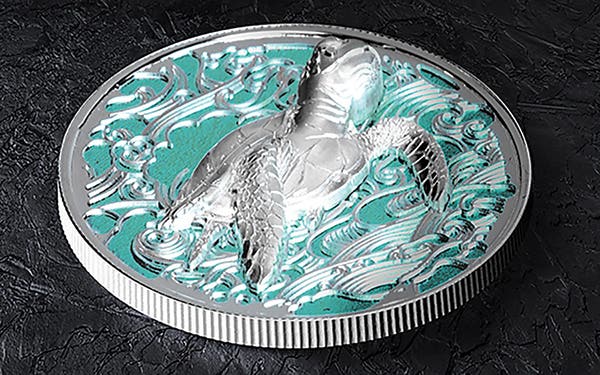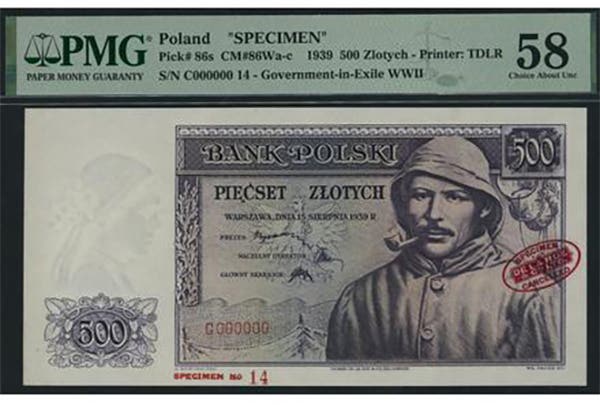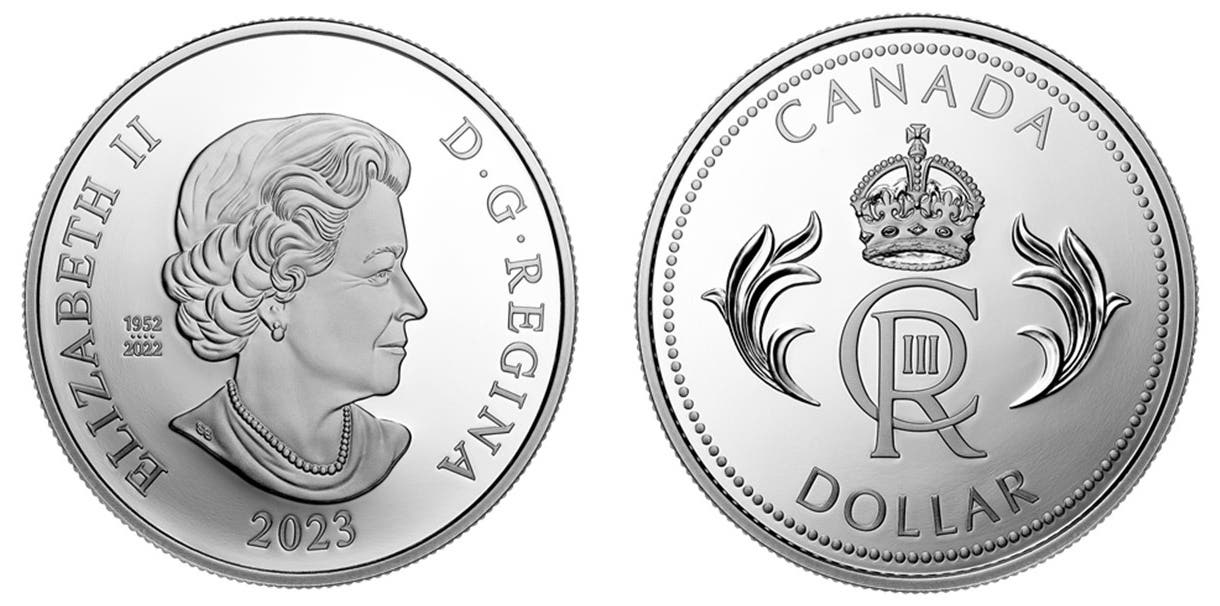Philippines Reconsiders What Should Circulate
Imagine if the United States were to take a careful look at what coins and bank notes circulate, then revamp our currency to fit the appropriate demand. The Bangko Sentral…
Imagine if the United States were to take a careful look at what coins and bank notes circulate, then revamp our currency to fit the appropriate demand. The Bangko Sentral ng Pilipinas or Central Bank of the Philippines is doing exactly that—for forecasting purposes.
According to BSP Governor Benjamin E. Diokno, “In the conduct of currency demand forecasts, currency planning and production, the BSP is currently looking into denominations that have low demand.”
Diokno was speaking in a virtual press chat on June 20. He continued, “[cash] should be compatible with the real demand in response to changes in circumstances such as in e-payment usage, price level, and consumer preferences.”
The currency of the Philippines has been in transition for some time, partly due to cash shortages. On June 15 Diokno said, “The unnecessary accumulation of bank notes and coins prevents Philippine currency from being re-circulated and used as payment instruments. The BSP could mint fewer coins if they are efficiently circulating. The reduced production costs would allow the central bank to remit more dividends to the national government, which would help fund pandemic-response measures and social services.”
Diokno continued, “[Bank] account ownership serves as a gateway to financial inclusion. It enables people to participate in the benefits and opportunities of the formal financial system, empowering them to build a better financial future.”
According to central bank statistics, an estimated 41 million out of a population of 77.2 million adults had bank accounts as of the second quarter of 2021. This is an increase from a paltry 20.9 percent two years earlier, but it hasn’t reversed the common habit of hoarding physical coins and bank notes at home.
A coin and bank note shortage are only part of the problem. In April the central bank annual report stated, “With renewed economic activities following the vaccination program and more relaxed community quarantine guidelines, the number of documented counterfeit bank notes rose by seven percent from a year-ago.”
On May 11 Ferdinand Marcos Jr. was elected Philippines president. Marcos’ father was president for 21 years despite the Philippine Constitution allowing only two four-year terms. The elder Marcos has appeared on a commemorative 25-piso coin with US President Ronald Reagan, is associated with the Bagong Lipunan coins, and appears on 1978 commemorative 50-, 1,000-, and 5,000-peso coins.
Coins in denominations of 1, 5, 10, and 25 cent and 1 peso carry the legend Ang Bagong Lipunan, meaning New Society, a popular term used by the previous President Marcos. This Marcos ruled under martial law as a dictator.
According to a June 1, Agence France-Presse Philippines report, “Images of coins used during the dictatorship of Ferdinand Marcos in the Philippines have been shared tens of thousands of times on Facebook alongside the claim that they are back in circulation after his son won the presidency last month. However, the Philippine central bank which has sole authority of issuing currency in the country, told AFP the coins have not been in use for two decades.”
The Ang Bagong Lipunan coins were demonetized in 1998, being replaced by New Generation Currency coins. Currently the Philippines circulates coins in denominations of 1, 5, and 25 sentimos and 1, 5, 10, and 20 pesos. The 20-peso coin replaced a bank note of the same value in 2020. Philippine bank notes currently are issued in denominations of 50, 100, 200, 500, and 1,000 pesos.
Steps have been taken to discourage counterfeiting. Bank notes now include intaglio tactile markings, windowed security threads, and optical variable ink through which colors appear to change. New 1,000-peso bank notes composed of polymer are currently being introduced.
The central bank has officially stated none of the coins or bank notes now in circulation will be demonetized until at least mid-2023. Replacements may be under discussion, but nothing had been made public at the time this article was being written.








